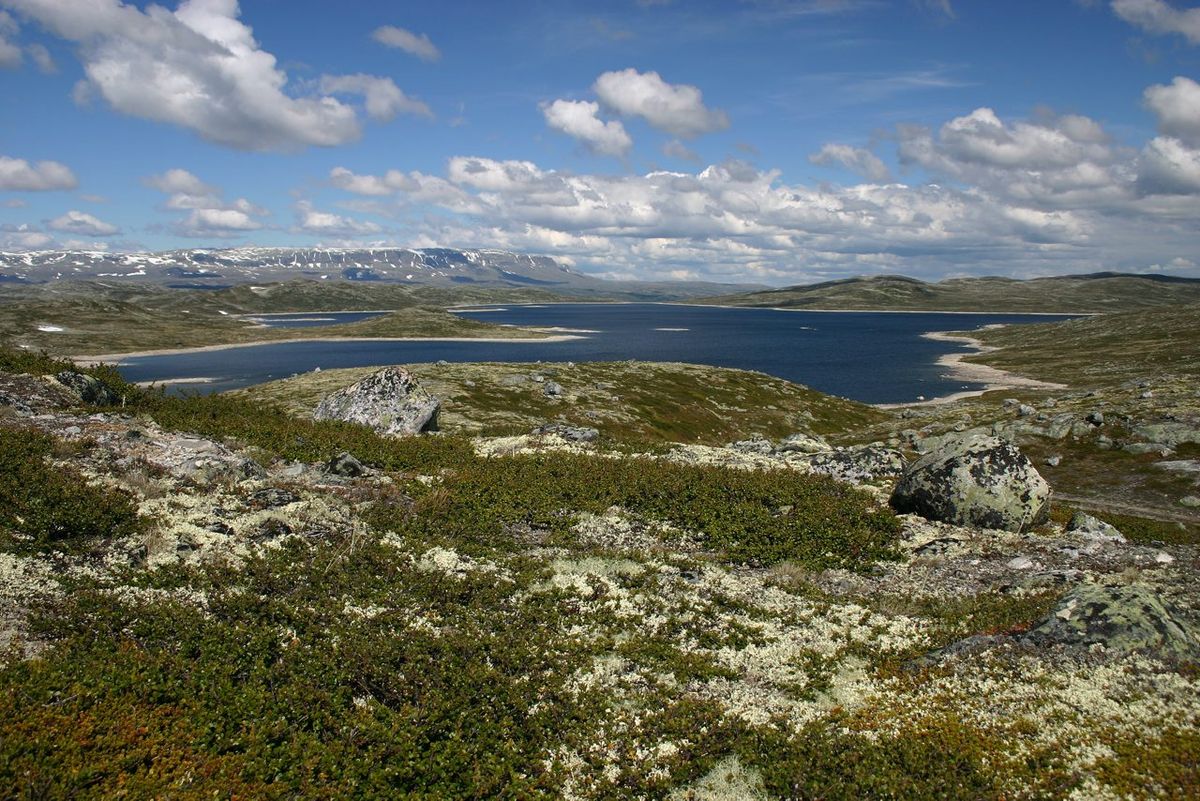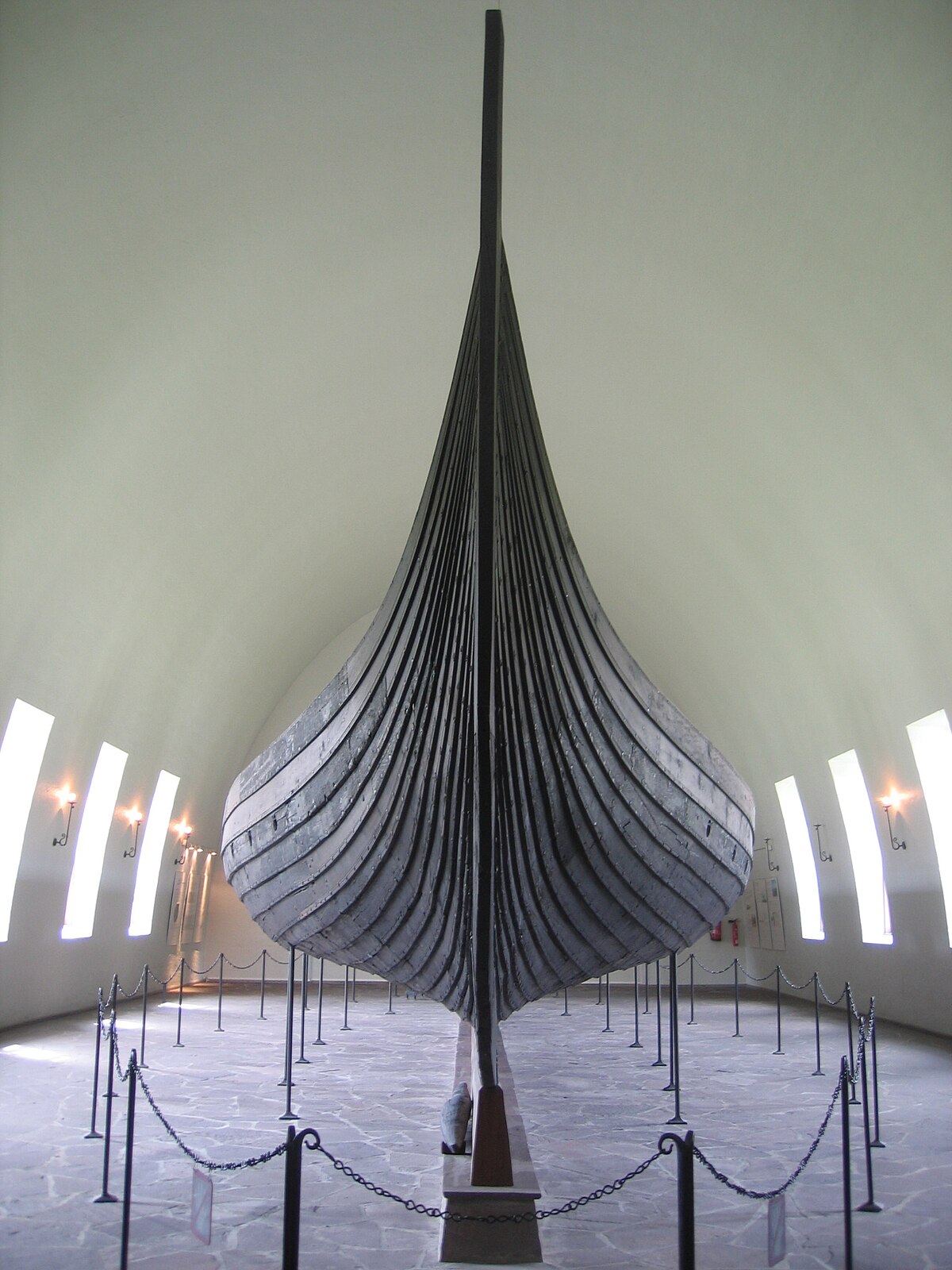In the short run, markets are voting machines. They simply reflect the popular opinion of a majority of people. However, in the long run, markets are weighing machines, reflecting the fundamentals of the economy.
This is in essence the difference between speculation and investing.
The speculator constantly tries to second guess everybody else. When a move has swung too far to the down-side, the speculator starts buying the dip. When a move has swung too far to the up-side, the speculator sells. This is done with very little regards to fundamentals. It matters little why the move took place in the first place. All that matters is that the move looks like it will continue, or looks like it is about to end.
When I suggested that Bitcoin holders should sell their positions at around 9000, this was based mainly on the fact that the 200 and 50 day moving average currently lie at about 10000. This indicates strong psychological resistance at that level. Getting out before this level is tested would therefore make sense.
However, my advice was also based on fundamentals. Bitcoin has no value due to the fact that it has no utility. No-one needs Bitcoin for anything. It is not required for paying taxes, nor is it required by any industry. As a medium of exchange, it is volatile, expensive and slow. Bitcoin has price, but no value.
This means that Bitcoin will go to zero in the long run. My advice was therefore not to trade on price action. The idea was not to sell at around 9000 and then buy back at about 6000, etc. My advice was to sell and stay out.
The right way to approach markets as an investor is to look at the fundamentals first, and then look at technicals. Number one is to determine the fundamental value of something. Only when this is established does it make sense to look at the technicals for timing. Furthermore, investors that realize that something is grossly miss-priced should not look at technicals at all, but act immediately regardless of technicals.
It is only during the orderly accumulation or unwinding of positions that investors should look at technicals for timing. When there is no rush to get into or out of a position, timing can be a lucrative thing to do. However, when there is a gross imbalance in a portfolio, trying to time the entry or exit point runs the risk of missing out completely. That's not a risk worth taking.
Of course, the ideal investor is never in a rush to do anything. Such a person has a very clear idea of the fundamentals and can therefore always take advantage of technicals. The ideal investor rolls into and out of positions when fundamentals change. Such changes take years to complete. The investor takes correspondingly long time to make the transition.
We are currently in a situation where there is a lot of debt, and interest rates are low. The fundamentals have been that of credit expansion. Stocks and bonds have gone up as a consequence. However, this is now about to change. It has been clear for several years that this will have to stop.
The fundamentals have for a long time suggested that we should roll out of stocks and bonds and roll into gold. I have done this. It has taken me five years to complete this transition. I have taken advantages of dips in prices, but mainly, I've simply accumulated whenever I've had some extra cash to spare.
Going forward, we will see interest rates continue to rise. Alternatively, we will see currencies fall in purchasing power. Either way, gold will rise relative to all other assets. I'm happy to have completed the transition from real-estate and stocks into gold at this stage. I can relax and watch as things progress from here onward. Then, as gold becomes overpriced at some point in the future, I'll start rolling back into stocks and real-estate. But I don't expect that to happen any time soon. Fundamentals always take years to develop. Only technicals can change from day to day.





























